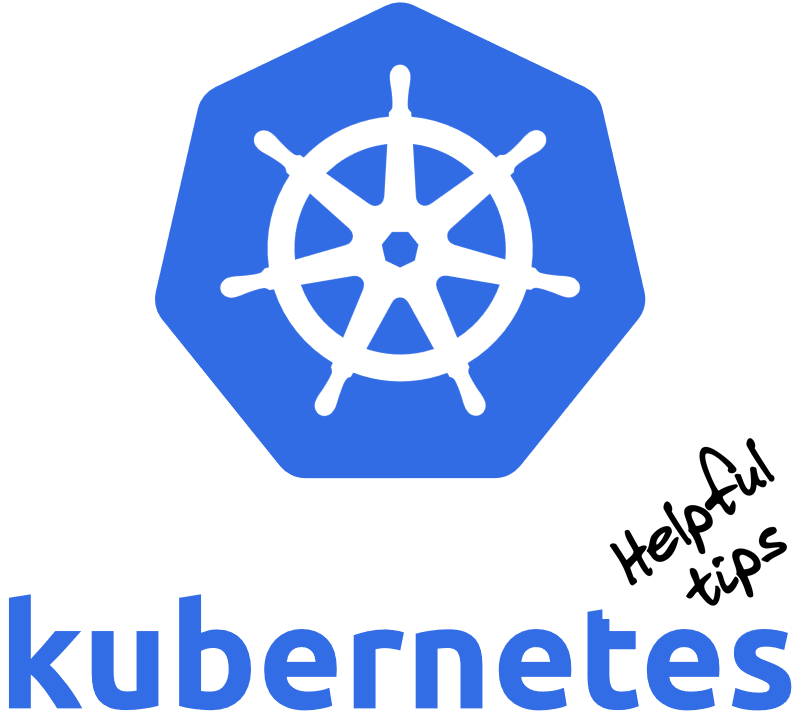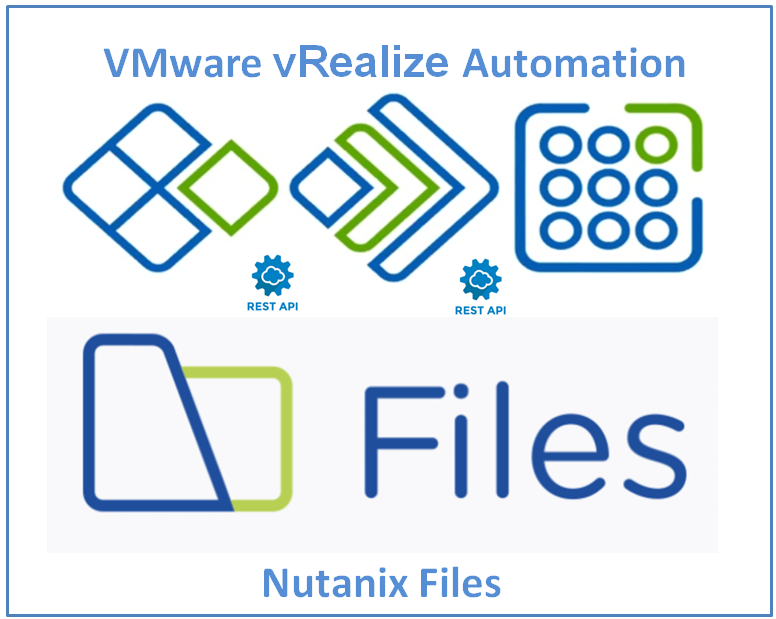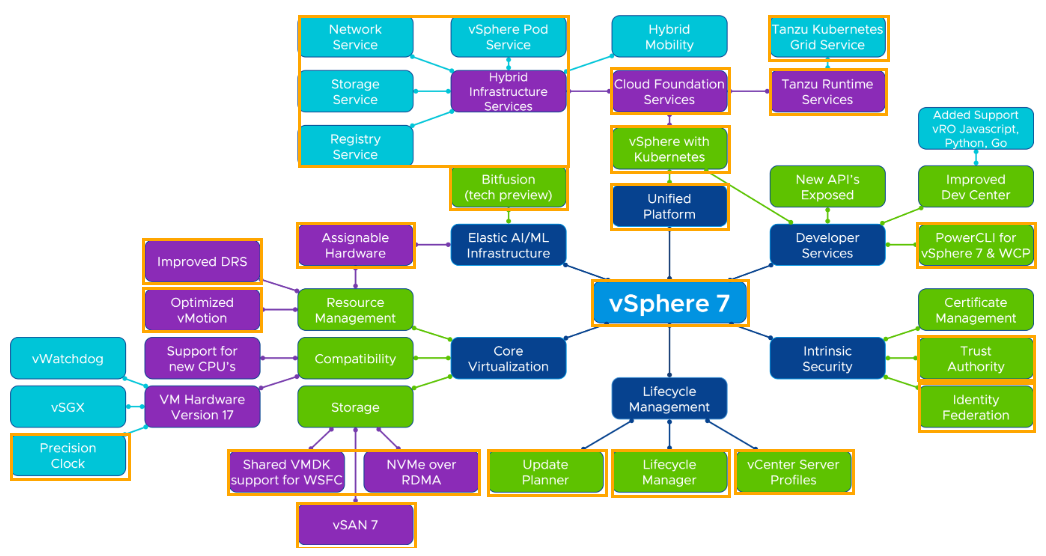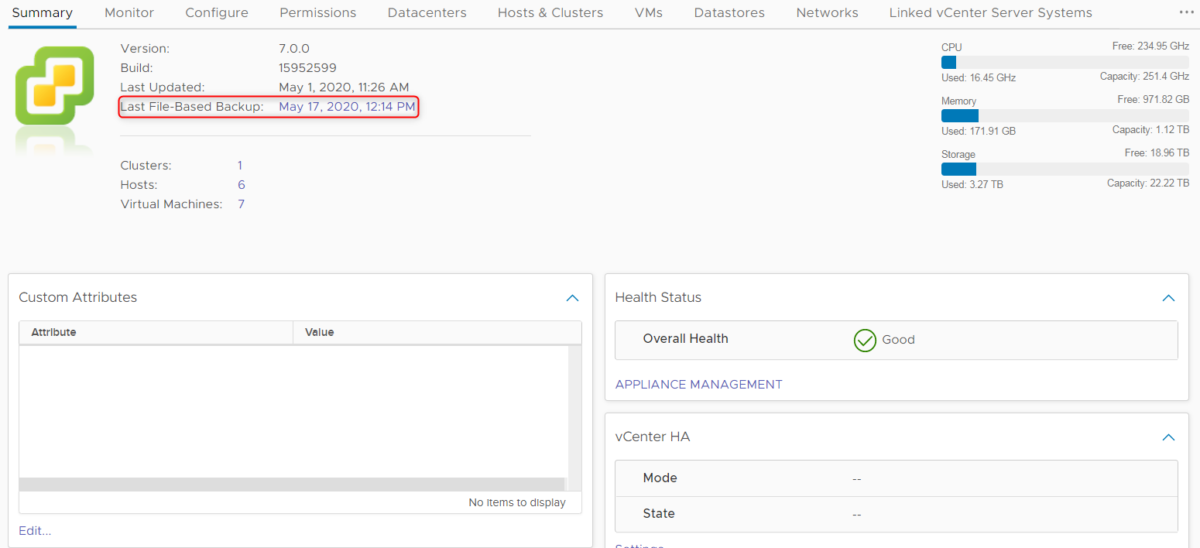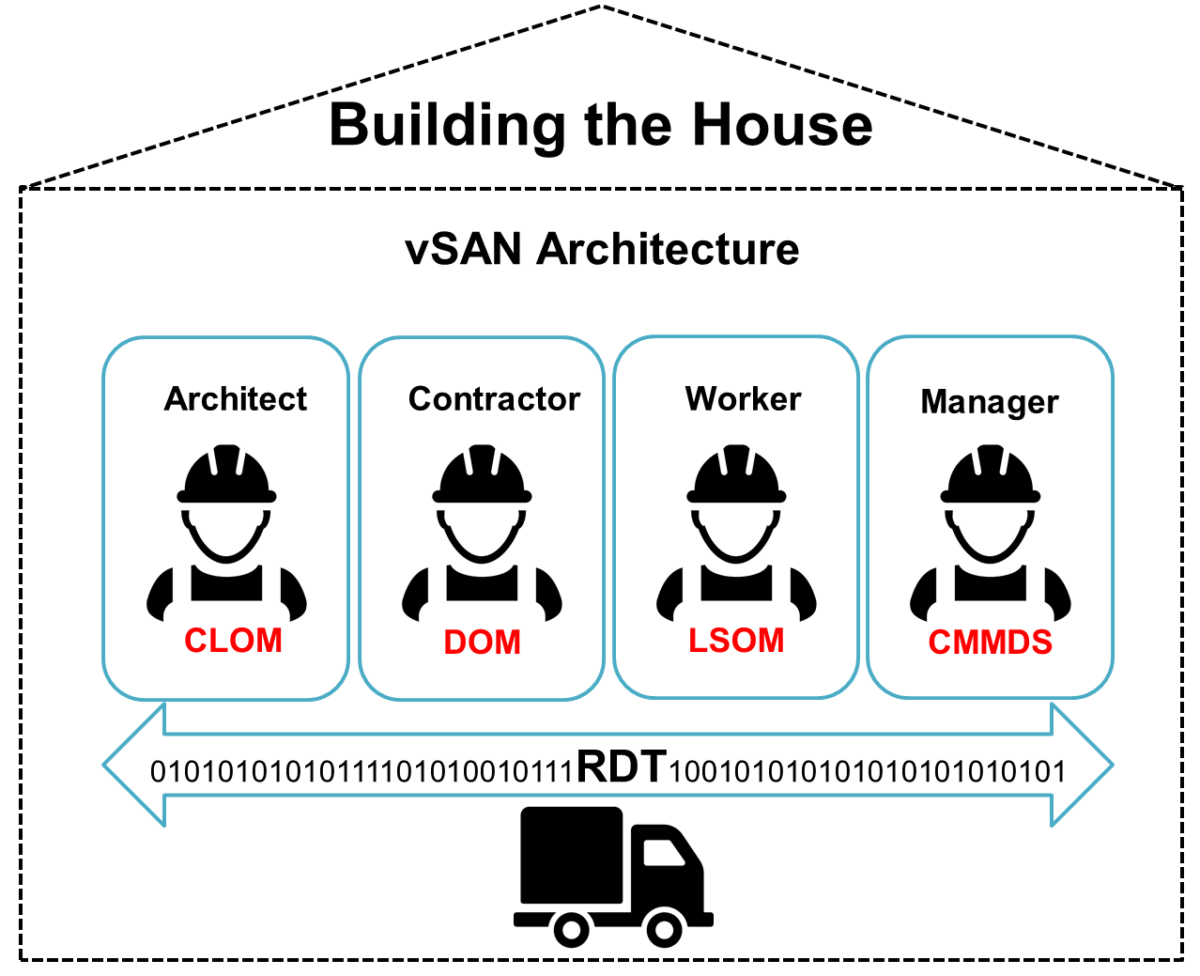VMware : Tips of the week #4
We want to share with you some concepts, helpful commands, and gotchas that we have come across during the first few days within the Kubernetes world.
Kubernetes uses a command-line tool called kubectl for running commands against clusters, you may find yourself frustrated by the time spent typing repetitive commands.
This article will highlight tips used to simplify the usage of kubectl and save you time.
Shell aliases can be used to shorten all shell commands and not just …
